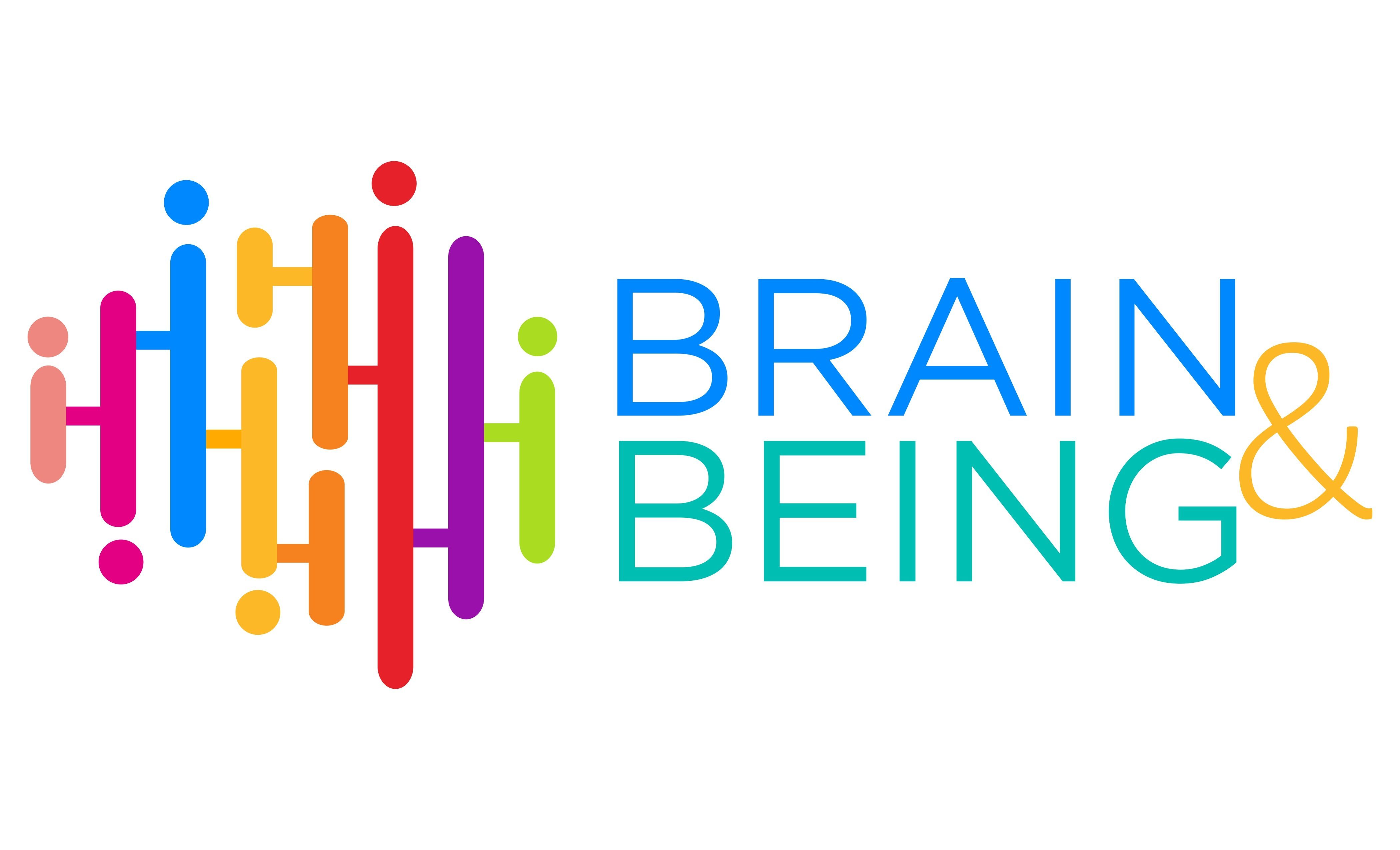Working memory is essential to learning. Without it, we would literally learn nothing. Nothing gets into long term memory that did not first spend some time in working memory.
A weak working memory is also one of the most common deficits that lead to academic problems. Teachers and parents may have a hard time identifying working memory problems because these deficits can be hard to “see.” When you observe your student staring across the room when they are supposed to be doing a math problem, you can see that they are not attending. When they struggle to get their materials out for class, it can look like disorganization. Both of these behaviors may also be a result of weak working memory. The truth is that it may be a bit of all of these.
Working memory is an executive function that is tightly connected to attention and other skills that help us interact with the world in an organized, goal-directed manner. In fact, working memory plays an important role in attentional control and working memory deficits are very common people diagnosed with ADHD. (cite?)
Working memory is sometimes referred to as short-term memory. While it is short-term, there is more to working memory than just holding a phone number in mind long enough to make a call. Imagine a room full of complex interconnected filing cabinets and a small desk. The small desk is where working memories are placed, while the filing cabinets hold the long-term memories.
When you learn something new, that new information goes to the working memory desk and related information is pulled from the files to look at alongside. It is there that you will manipulate the information by doing things such as comparing it to previous knowledge, placing it in a category, updating the old information, or performing mental calculations. All of this may happen in a fraction of a second!
For example, I recently learned that hummingbirds are the only birds known to be able to fly backward. When this little tidbit came into my working memory, some of my long-term memories were pulled up, such as what a hummingbird looks like, what I know about other birds and their flying patterns, and an image of my hummingbird feeder at home.
The new information was integrated with the old and my brain decided that this was interesting enough to hold onto and filed it into my long term memory. But since this bit about hummingbirds flying backward is new to me and I haven’t done a lot with it, it’s pretty loosely connected. Maybe it’s jotted on a small note and paper-clipped to the outside of the folder. It’s in there but it could easily get lost.
The problem with working memory when it comes to learning new information is that it can look and feel a lot like long term memory. Students often use what we call passive study strategies. These are things like re-reading notes, watching videos, or looking over vocabulary. These are passive activities because they don’t take much effort or thinking. They mostly involve taking in information. These bits of information are like my hummingbird fact. Loosely connected, prone to getting lost.
Active strategies would be things like taking a quiz, telling someone what you know about a topic, or creating a one-pager that summarizes the information. These all require more effort and more thought and they mostly require getting information out. They not only require more use of long-term and working memory, but they will also strengthen those memories.
For people with weaker working memory systems, these active learning activities may need to be repeated more frequently and in more ways. Unfortunately, neuroscientists have not yet found many tools that can strengthen working memory. Thankfully, there are methods that will help anyone move new information into long term memory.
If you find that your students forget facts and concepts soon after they seem to have been learned, try one of these techniques for strengthening their memory.
Give them more retrieval practice.
In order for memories to stick, we have to practice not only taking the information in (lecture, reading), we need to practice getting the information back out.
- Give short, low stakes quizzes.
- After students have taken in a chunk of information, pause and have them take turns explaining it to a partner.
- Use guided notes and have space after a chunk of information for them to summarize it in their own words.
- At the end of class, have students write one key piece of information from the day on a sticky note as a ticket out the door.
Put spaced repetition to work.
The more frequently we encounter previously learned information, the stickier it gets for our memory.
- In those short, low stakes quizzes, include both new and old information.
- At the start of class, ask a question about material from a unit or two ago.
Make it meaningful.
When we can connect new information to something we already know, it not only makes more sense, it has that old information to hold onto and connect to. If I had never seen a hummingbird, it would be harder to remember something new about hummingbirds. There would be no long term memory file to attach it to.
- When presenting new information, ask students how it relates to previously learned information.
- Show students how the new information connects to their lives. How might that historical event be compared to something happening today? When would you use this mathematical formula to solve a real-world problem?
A weak working memory can make long term learning more difficult for students. Students with weak working memories may need extra support from you to believe that active strategies will work with practice and repetition. Approaching it as an experiment to collaborate on with you might help – come alongside the student to problem solve together, collaborate on creative active study techniques and test out the results in low stakes ways at first. And share with us: what have been some of your students’ most creative, effective techniques of getting information from working memory to long term learning?





Catherine
April 11, 2022 4:00 pmI think this is fascinating! Can’t wait for more. Will you be making a video?
Brain and Being
July 19, 2022 4:14 pmThanks, a video is a great idea!